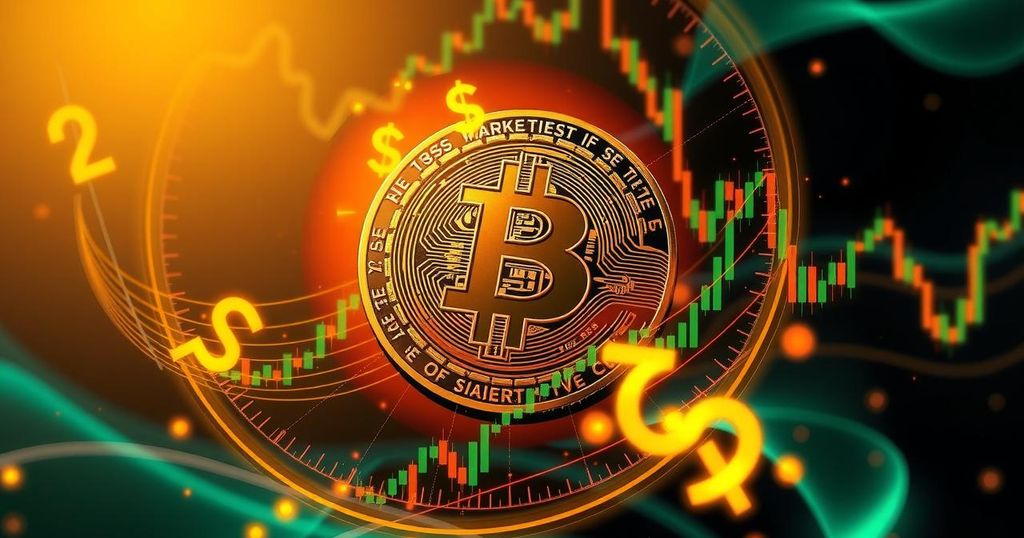Bitcoin’s Future Amid New US Debt Ceiling Legislation
As the political landscape shifts with the passage of Trump’s ‘One Big Beautiful Bill’, Bitcoin enthusiasts are left wondering if this could be the start of a new era for cryptocurrency or just another false dawn.
New Bill Sparks Hope Amid Historical Doubts
The recent passage of President Trump’s ‘One Big Beautiful Bill’ has raised eyebrows, not just in the political sphere, but in the world of cryptocurrency as well. Advocates for Bitcoin (BTC) are speculating that the proposed $5 trillion increase to the US debt ceiling could spark a significant rally in the digital currency by 2025. However, history casts a long shadow over this optimistic outlook, as there has been no consistent correlation between Bitcoin price surges and debt ceiling hikes in the past. In fact, previous instances indicate that these debt increases tend to coincide with downward pressure on Bitcoin prices instead.
Bearish Outcomes Follow Past Debt Increases
Here’s where it gets interesting—or maybe a bit confusing. Various analyses have pointed towards a potentially bullish environment for Bitcoin, yet the reality is that most debt ceiling increases and suspensions have triggered bearish market reactions in the six months following the announcement. A glaring exception to this trend, however, is the June 2023 event, where Bitcoin actually saw gains thereafter. But that doesn’t exactly establish a robust trend, does it?
Questioning Market Pricing Dynamics
Looking at the current climate, it’s worth noting that Bitcoin held steady at $105,000, the same mark it held five months ago. So, what gives? Some might say the markets have priced in these developments, but when taking Bitcoin’s flat performance into account, that argument doesn’t hold much water. While expectations were that the Trump administration would effortlessly proceed with the debt ceiling increase, economists were already warning that the government could run out of funds by mid-August.
Economic Theories in Conflict
The implications of the proposed legislation are enormous, with the nonpartisan Congressional Budget Office projecting an additional $3.3 trillion to the federal deficit over the next decade. Despite the tight passage in the Senate, criticism has emerged from financial analysts like Sven Henrich, who urges scrutiny on claims of debt control in light of the bill’s substantial increase in national debt. Henrich argues that actions like raising the debt ceiling whilst running record deficits align with what’s known as ‘modern monetary theory’—essentially stating that governments can endlessly fund themselves by creating money, thereby steering away from traditional financial principles such as taxation or borrowing.
The Federal Reserve’s Influence on Cryptocurrency
Now, stepping back to bigger picture elements, the focus should shift towards the Federal Reserve’s response. Should they maintain higher interest rates, the costs associated with debt servicing will inevitably rise. On the flip side, a move towards looser monetary policy may weaken the dollar further. Historically, rising US Treasury yields tend to correlate with Bitcoin price increases. So, the recent situation, where Bitcoin holds above $105,000 as the 10-year Treasury yield dipped from 4.50% to 4.25%, suggests a possible early decoupling. Still, it’s premature to hail Bitcoin as a solid reserve asset, especially with both gold and the S&P 500 nearing their personal record highs.
Market Trends Reflecting Broader Economic Pressures
In summary, it seems broader markets are adjusting to an anticipated weaker US dollar, illustrated by investments flowing into traditional ‘safe haven’ assets like equities, commodities—and yes, Bitcoin. Analysts point to multiple pressures, including tariffs, the ongoing US deficit spending crisis, and calls for the Fed to lower rates, fuelling the dollar’s depreciation. So, while some are hopeful that the debt ceiling increase might lead Bitcoin over $110,000, the past suggests a more cautious approach.
In conclusion, the relationship between Bitcoin and US debt ceiling increases is complex and not clearly defined by past events. Though some analysts believe that the recent bill could catalyze a Bitcoin rally, the historical data does not support this as a certainty. Investors should tread carefully and remain aware of the broader economic indicators that influence Bitcoin’s performance.




Post Comment